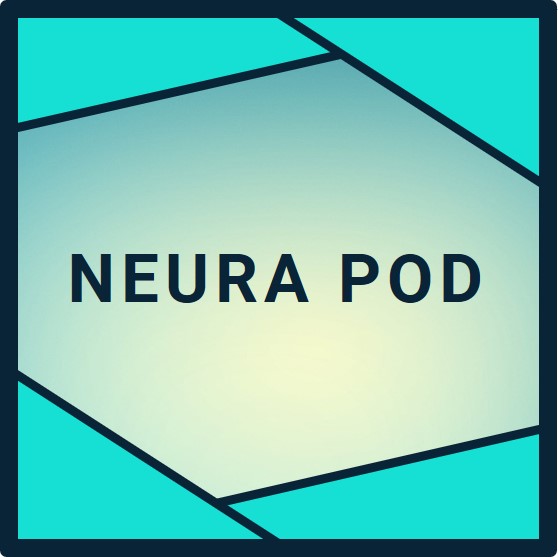- Neuralink's N1 brain chip uses 1,024 electrodes on ultra-flexible threads to deliver higher resolution neural recording than Synchron's 16-channel Stentrode or Blackrock Neurotech's 96-channel Utah Array.
- The Neuralink implant operates fully wirelessly without percutaneous connectors required by competitors like Blackrock, enabling seamless daily use for patients.
- Neuralink patients achieve 7-10 bits per second control speeds for robotic arms and video games, surpassing the bandwidth and performance of Paradromics Connexus or Precision Neuroscience devices in current human trials.
Neuralink's High-Density Electrode Design Sets It Apart
Neuralink's N1 implant deploys 64 flexible polymer threads, each with 16 electrodes, for a total of 1,024 channels penetrating the motor cortex. This design captures individual neuron spikes with precision, supporting complex decoding for cursor control and physical tasks. In contrast, Synchron's Stentrode uses just 16 electrodes placed endovascularly in a blood vessel, limiting resolution to broad population signals suitable for basic clicking but not fine motor intent. Blackrock's Utah Array, a silicon-based system with 96 to 128 rigid electrodes, pierces the brain surface but suffers from lower channel density and signal degradation over time.
Paradromics Connexus aims for 4,000 channels in future iterations, but its first human implant in June 2025 focuses on durability over immediate high-fidelity recording. Precision Neuroscience employs a surface ECoG film with hundreds of contacts but avoids deep penetration, reducing single-neuron access critical for bandwidth. Neuralink's threads, 10-12 microns thick, minimize tissue damage while maximizing data quality, as evidenced by stable signals in patients over 21 months.
This electrode superiority enables Neuralink to log over 15,000 hours of use across 25 implants as of October 2025, with zero device-related serious adverse events.
Robotic Implantation: Precision Beyond Human Capability
Neuralink employs the R1 surgical robot for implantation, inserting threads at micron-level accuracy impossible for human surgeons. The process creates a small skull opening, removes a membrane, and positions electrodes in under 30 minutes. Elon Musk notes robots will surpass top surgeons within years, a capability already proven in Neuralink procedures.
Competitors differ sharply. Synchron inserts via catheter through the jugular vein, avoiding craniotomy for lower risk but constraining electrode placement to vascular paths. Blackrock requires manual surgery with a pedestal connector protruding through the scalp, prone to infection. Paradromics and Precision use semi-invasive methods, but lack Neuralink's robotic precision for deep, scalable placement.
UK patient Paul controlled a computer hours post-surgery in October 2025, showcasing recovery speed. This method supports future multi-implant systems for whole-brain coverage.
Superior Bandwidth and Real-World Performance in Trials
Neuralink decoders achieve 7-10 bits per second, enabling fluid robotic arm control, as ALS patient Alex demonstrated by feeding himself. Patients play games like Dawn of War with reaction times rivaling able-bodied users. Noland Arbaugh, implanted 21 months ago, studies calculus and delivers speeches via thought.
Synchron patients manage texting at low speeds, limited by channels. Blackrock supports basic control but with wired tethers hindering mobility. Paradromics' debut trial shows promise, yet trails Neuralink's proven autonomy restoration. Precision focuses on mapping but not yet high-speed output.
By October 31, 2025, Neuralink's PRIME and CONVOY studies include UAE, Canada, and UK sites, with plans for Noland's dual implant upgrade.
Bidirectional Capabilities and Scalability for Broader Applications
Neuralink's N1 supports stimulation alongside recording, powering Blindsight for vision restoration in blind patients via visual cortex pulses. Competitors like Synchron lack this, focusing solely on output.
Elon Musk's vision scales to 25,000 channels per implant by 2028, gigabit bandwidth, and integration with xAI for thought-based computing. A $650M Series E round in June 2025 fuels this, targeting 20,000 annual procedures by 2030.
Paradromics prioritizes healthcare durability, Blackrock clinical longevity, but Neuralink balances medical restoration with consumer potential under Elon Musk's direction.
TL;DR
Neuralink's brain chip leads with 1,024 flexible electrodes, robotic implantation, and wireless bidirectional control, outperforming Synchron's low-channel stent, Blackrock's wired array, and emerging rivals like Paradromics. Patients restore full digital and physical autonomy, from gaming to robotic feeding, across 25 implants with flawless safety. Elon Musk guides rapid scaling to multi-implants and vision restoration by 2026, positioning Neuralink to serve millions while competitors lag in bandwidth and versatility. This tech promises independence for paralysis patients and symbiosis for all by 2030.

